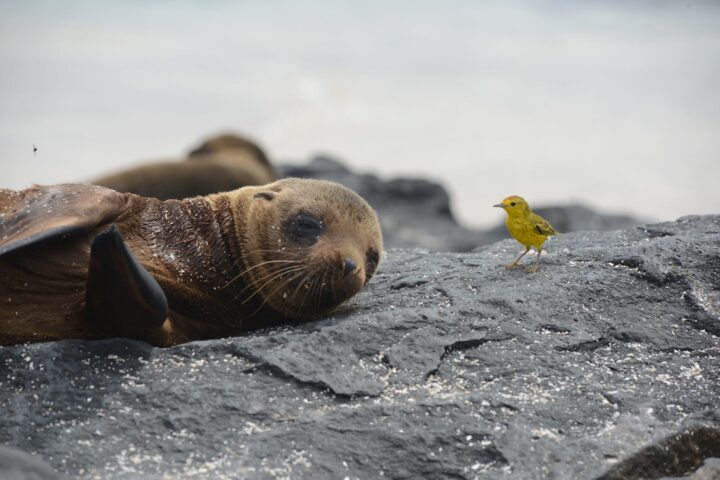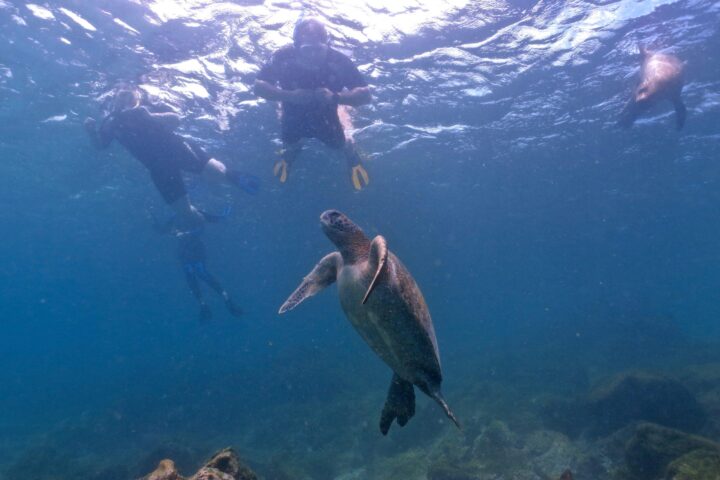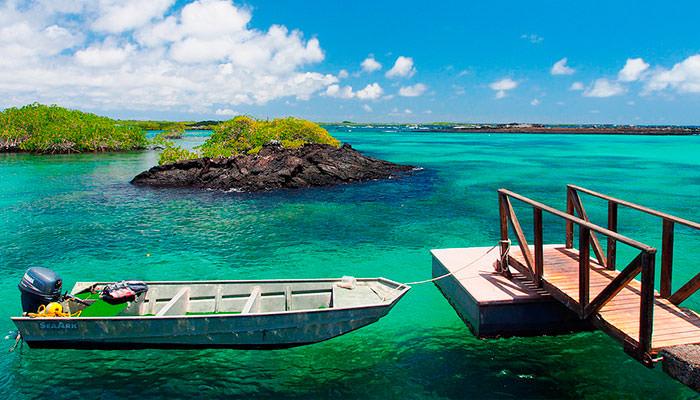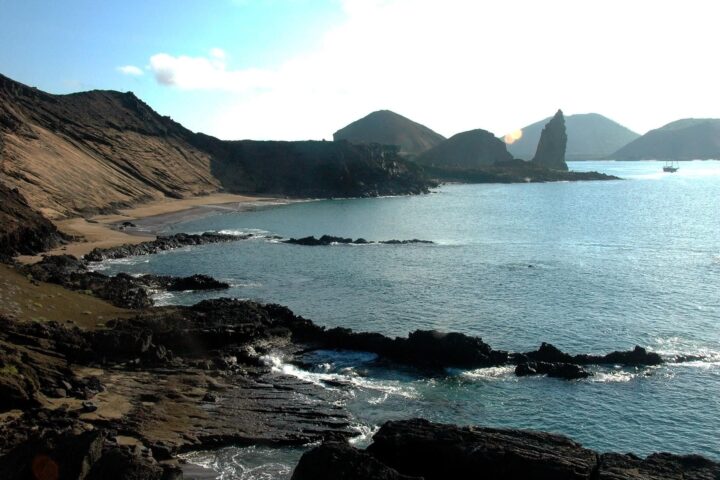Galapagos lonely planet
Galapagos lonely planet. The Galapagos Islands are a unique destination known for their unmatched biodiversity and natural beauty. Visitors from around the world are drawn to this extraordinary place, eager to explore its hidden secrets and remarkable wildlife. Discover what makes these islands a once-in-a-lifetime experience.
The Unique Beauty of the Galapagos Islands
There is no other place on earth that is home to such enormous natural beauty and so many different types of animals. The Galapagos Islands are truly one of a kind.
Growing Global Interest in Galapagos
This is the reason that people from around the world are looking for an opportunity to take a trip to the Galapagos Islands.
Hidden Secrets of the Islands
Notably, this group of islands, located off the west coast of mainland Ecuador, holds a number of hidden facts that are slowly being revealed as time passes by. Moreover, the vast islands, with dense forests, seem to resemble an entirely new planet.
Fascinating Facts About the Galapagos Islands
There are many known and unknown facts about these islands that people are eager to discover. The islands are named in both Spanish and English due to their mixed cultural heritage.
The Origin of the Name “Galapagos”
Did you know that “Galapagos” is a Spanish word meaning “saddle”? It was first used by Bishop Tomas and his crew to describe the giant tortoises found on the islands. Later, the entire group of islands was named the “Galapagos Islands.”
Historical Discoveries in the Galapagos
- The islands were first discovered by the Bishop of Panama, Fray Tomas Le Berlanga, in 1535.
- In 1835, the famous scientist Charles Darwin visited the islands, inspiring his “Theory of Evolution.”
- In 1959, all uninhabited areas were declared part of the Galapagos National Park by the Ecuadorian government.
Darwin Research Station and UNESCO World Heritage
The Darwin Research Station on Santa Cruz Island was inaugurated in 1964. In 1978, the Galapagos Islands were declared a UNESCO World Heritage Site, further increasing their fame.
Unique Wildlife of the Galapagos Islands
The Galapagos Islands are home to unique species such as the giant tortoise “Lonesome George,” marine iguanas that swim, and the flightless cormorants. Additionally, the scolopendra centipede found on the islands can grow to 30 centimeters long and even eats small rats!
The Confluence of Ocean Currents
The islands are influenced by five ocean currents—Equatorial, Humboldt, Cromwell, and Panama—which result in unpredictable tides and a unique ecology. The Galapagos also boasts over 400 species of fish, 50 of which are endemic to the region.
Unusual Coexistence of Wildlife
It is rare to see penguins and lizards living in the same habitat, but this is the case in the Galapagos Islands. Visitors can dive into deep waters and explore marine life, with the chance to swim alongside penguins and sea lion pups.
A Wildlife Haven Unfazed by Humans
In particular, the wildlife on the Galapagos Islands is largely unaffected by human presence, thus allowing visitors to observe animals in their natural habitat without disrupting them.
Adventure Activities in the Galapagos
Beyond its rich biodiversity, the Galapagos Islands offer the perfect conditions for activities such as hiking, snorkeling, and biking, thanks to the unique geographical and natural conditions.
Endless Discoveries Await
The list of facts and secrets about the Galapagos Islands continues to grow. New discoveries are constantly being made, adding to the allure of these remarkable islands.
Exploring the Islands with Nature Galapagos & Ecuador
Indeed, Nature Galapagos & Ecuador leverages these fascinating facts and secrets to help visitors explore the islands more closely. In addition, their tour packages include a wide range of activities and experiences that make the Galapagos one of the most sought-after destinations.









Comments